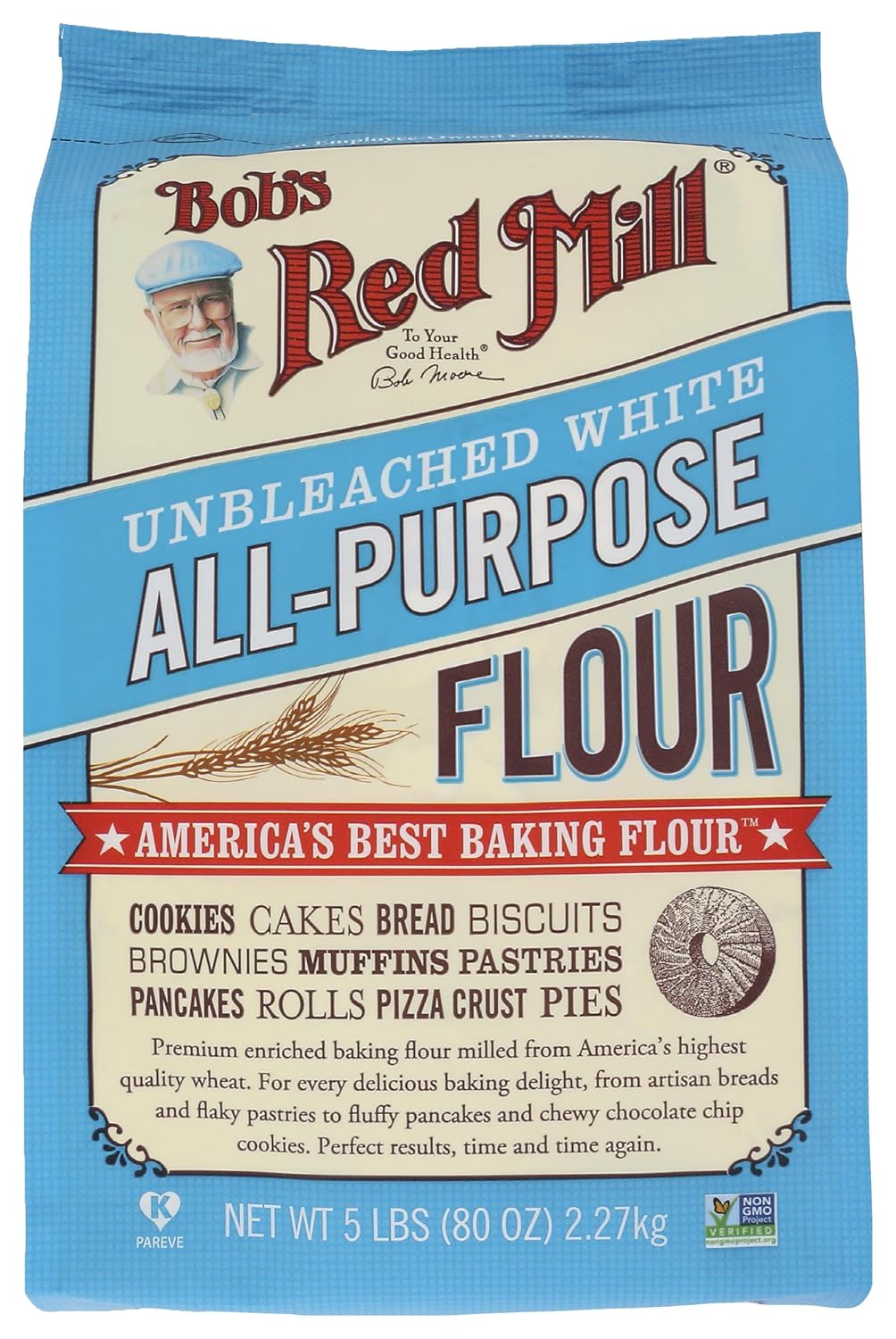Substituting Cake Flour with All-Purpose Flour
You will need:
Nutrition Facts
Best Uses
Effects on Your Baking
Flavor Impact
The flavor profile of the baked good will not be drastically different with this substitution, as the main difference between cake flour and all-purpose flour is the protein content, not the flavor. However, the denser texture may alter the perception of sweetness and complexity, as the denser crumb does not dissolve the sugars as readily on the palate. There might be a slight increase in the perception of floury notes due to the higher gluten content in all-purpose flour, but overall flavor changes will be subtle.
Texture Changes
Replacing cake flour with all-purpose flour affects the texture significantly because cake flour has a lower protein content (around 7-9%) compared to all-purpose flour (which has around 10-12%). This substitution will likely result in a denser crumb and a less tender texture because all-purpose flour forms more gluten, leading to a chewier and more resilient baked good. The mouthfeel may be less soft and airy, which is typically desired in cakes, and the baked product may retain less moisture, resulting in a slightly drier texture.
Structural Effects
The structural integrity of the baked product will be more robust with all-purpose flour compared to cake flour. This increased gluten formation supports a stronger rise, which might actually be beneficial in some recipes that require more strength and less delicate crumb. However, for recipes explicitly designed for the tender structure of cake flour, such as angel food cake or sponge cakes, the substitution may lead to a product that is too stiff or heavy, not achieving the desired rise or lightness and potentially leading to a slightly more compact form.
Recommended Brands
Rate this Substitution
How well did this substitution work for you? Your feedback helps other bakers!
Current community rating: 3.0 / 5


